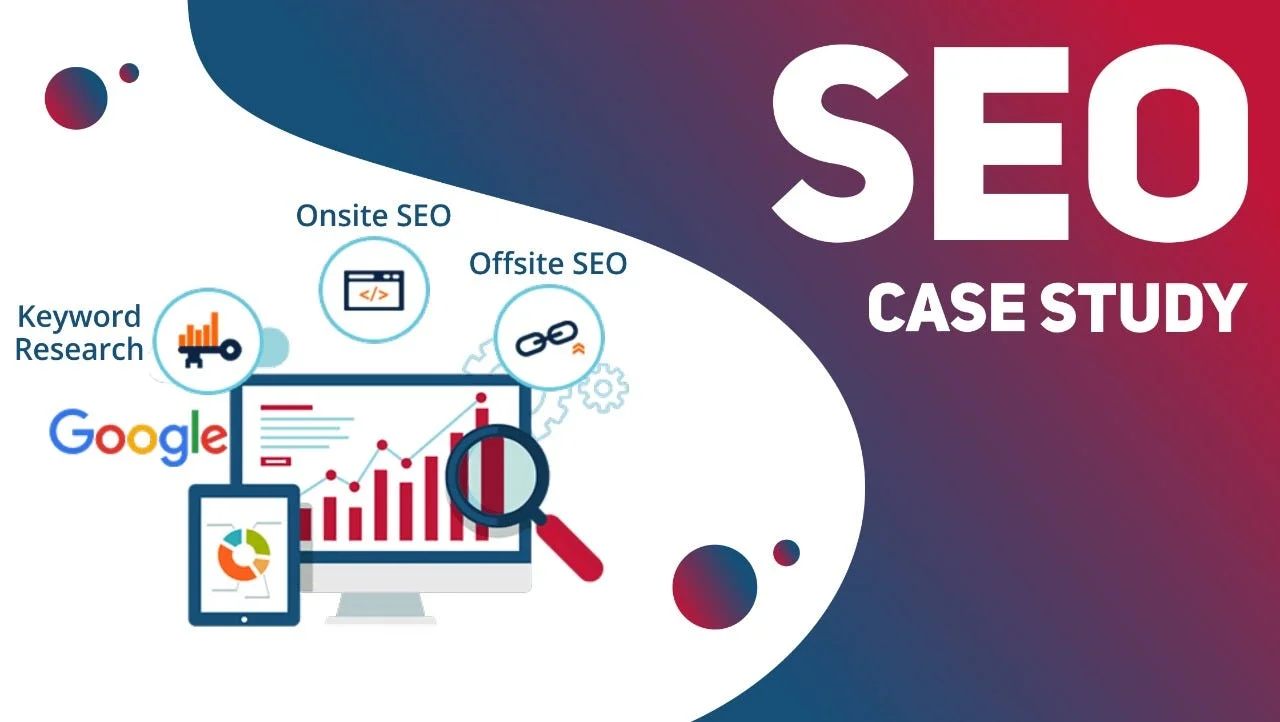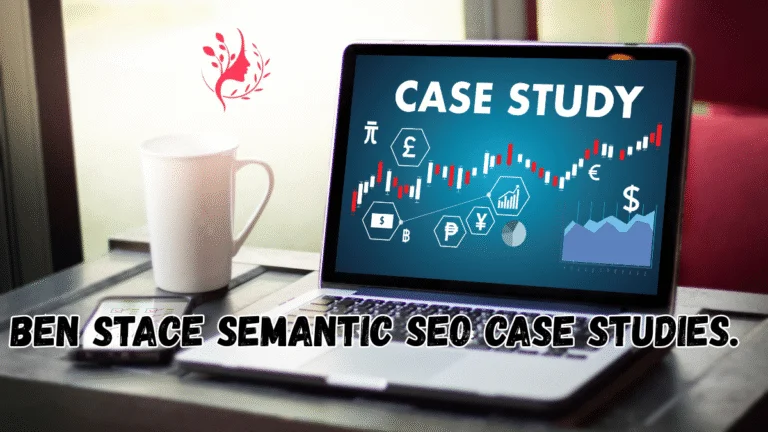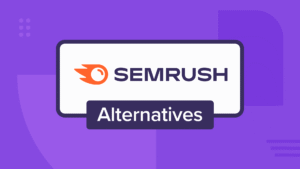Ben Stace Semantic SEO Case Studies Real Results And Insights
In the fast-paced world of search engine optimization or SEO, businesses always look for new approaches that improve a site’s ranking and, at the same time, the content of the site. A name that is becoming familiar for helpful and new approaches is Ben Stace. Ben has managed to achieve significant results through his work in semantic SEO in a variety of fields. The purpose of this article is to look at Ben Stace Semantic SEO Case Studies, showing in detail the benefits of his approach, how it is different, and which results it has delivered.
What is Semantic SEO?
Before looking into the case studies, it’s best to have a look at semantic SEO itself. With traditional SEO, the use of keywords is the focal point, and their usage in the required places and numbers is a must. With semantic SEO, the scope of work is more wide-ranging. It deals with the understanding of search intent, context, and how words or concepts connect and relate with one another.
With the use of semantic SEO, answering user questions is more straightforward and content can be tailored to respond to user questions comprehensively. With this approach, search engines like Google can rank your pages in several related queries, which improves site ranking.
The Ben Stace Approach
From the Ben Stace Semiconductor SEO Case Studies, it’s clear that Ben Stace builds his strategies on three core principles that continue to shape his approach:
Topic Authority covering a subject completely using interrelated pieces of content;
Entity Optimization applying structured data, knowledge graph relationships, and contextual data associations; and
User-Centric Design focusing on clarity, readability, and answering user questions directly.
These principles help content to stand out both in terms of being optimally rated on the search engine and being useful to the reader.
Case Study 1: E-Commerce Store Boosts Organic Sales
In one of the most compelling Ben Stace Semantic SEO Case Studies, a mid-sized e-commerce store exhibited stagnant organic traffic. Despite the store having several thousands of product listings, the site was not ranking for high-intent search terms.
Strategy
- The approach taken for the strategy included:
- Creating high-level and mid-level category pages and semi-siloing them linked to sub-level pages.
- Writing pillar content linked to the sub-pages.
- Updating the content of sub-pages to include anchor text.
- Updating the site to include relevant meta and schema markups to be eligible for rich snippet displays.
Results:
- 63% increase in traffic organically within 4 months.
- 38% increase in revenue stemming from organic search.
- Better CTR from the search results page because of how the results were presented.
- Case Study 2: Local Service Business Gains Competitive Edge
This second Ben Stace Semantic SEO Case Study looks at a local home repair business that competes in a crowded market.Approach:
- Created localized semantic service area content.
- Addressed customer queries from Google’s “People Also Ask” for FAQ creation.
- Utilized internal linking to improve topic authority.
Outcomes:
- Achieved top 3 ranking for over 15 high-value local keywords.
- Increased calls from organic search traffic by 72%.
- Improved brand visibility in local map pack.

Case Study 3: SaaS Company Achieves International Reach
Ben Stace’s Semantic SEO Case Studies illustrate how a SaaS platform looking to expand into several countries utilizes semantic optimization to overcome geographical limitations.
- Approach:
- Developed landing pages in multiple languages with semantic optimization.
- Used hreflang tags for precise geo-targeted multi-language landing pages.
- Created content hubs based on industry challenges rather than product-related.
Outcomes:
- International organic sessions surged by 200%.
- Notable increase in overseas demo requests.
- Ben Stace Semantic SEO Case Studies presents several essential conclusions.
- Comprehensive coverage on a topic is no longer optional to succeed in search engine ranking.
- Interlinking Improves Authority – Linking supportive pieces of content together helps both users and search engines to grasp the structure of your site.
- Why This Is Important For Businesses
- The digital marketplace is much more competitive nowadays. Implementing techniques from the Ben Stace Semantic SEO Case Studies can help businesses:
- Gain visibility organically and not depend heavily on ads.
- Capture more relevant leads by aligning with search intent.
- Establish authoritative trust in the long run in their area of interest.
Unlike quick-fix tactics, the long-term benefits of semantic SEO is that it provides a reliable, long-lasting, and self-sustaining growth engine that continues to produce favorable outcomes in the future.
How to Use This Approach
To begin with the Ben Stace Semantic SEO Case Studies and achieve similar benefits, this is your starting point:
Perform Topic Research Find the main industry areas along with the relevant sub-topics to your niche.
Cluster Your Keywords Group them by intent as opposed to stand-alone words.
Create Pillar Pages Write detailed pieces that link to the sub-pages and then link those sub-pages to their main content pieces.
Apply Schema Markup Aid search engines in grasping your content better.
Elevate the Experience for Users Optimize your site to be speedy, easy to navigate, mobile-friendly user-friendly.
The Upcoming Trends in Semantic SEO
With the advances in AI and natural language processing technologies, semantic SEO will become even more important in the coming years. Search engines are getting better at understanding meaning, context, and even the user’s intention. This will ensure strategies like those in the Ben Stace Semantic SEO Case Studies will continue to lead the way in securing success in digital marketing.
Conclusion
In the Ben Stace Semantic SEO Case Studies, we can see that the focus is not simply about keyword SEO. The focus is meaning and the relationships and how they all connect, and as a result, literal and long-term outcomes are achieved. The outcomes can be achieved from an e-commerce store or a local business to a SaaS which operates globally, and with the focus, the figurative and literal search presence and performance in trade can drastically improve.
Share this content:














Post Comment